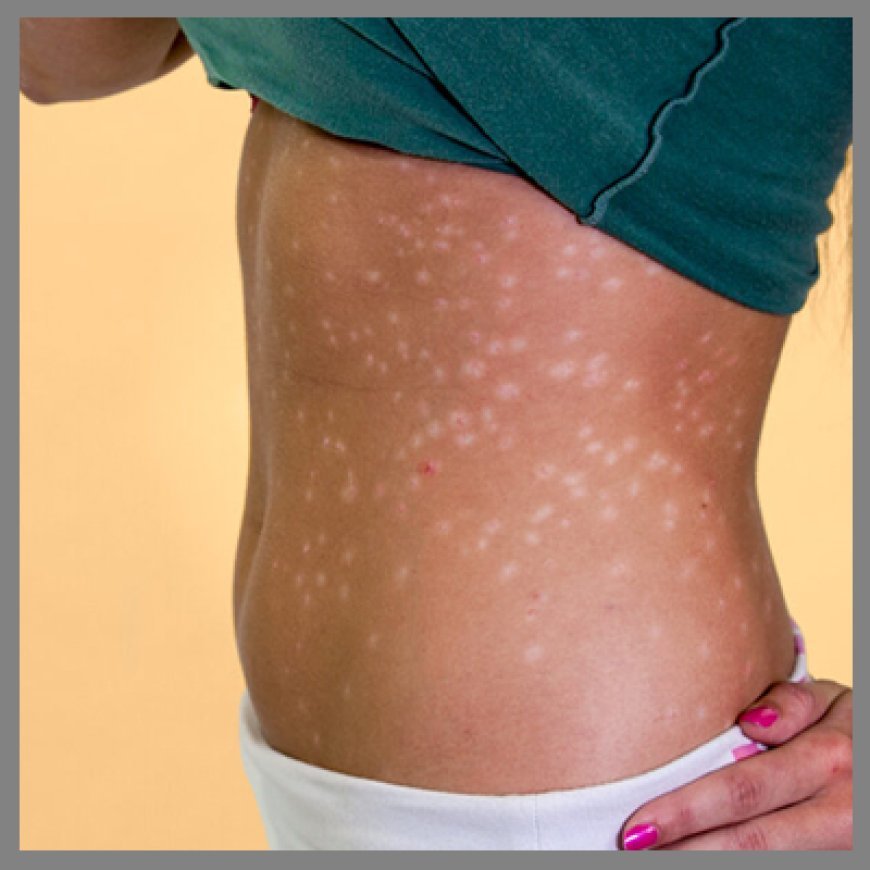Guttate Psoriasis
Guttate psoriasis is a common form of psoriasis which can range from mild to moderate in severity. It often appears as small, red teardrop-shaped spots on the skin, most commonly on the trunk, arms, and legs.

Guttate psoriasis is a common form of psoriasis which can range from mild to moderate in severity. It often appears as small, red teardrop-shaped spots on the skin, most commonly on the trunk, arms, and legs.
Guttate psoriasis is usually found in children and young adults who have recently had a throat infection caused by streptococcal bacteria. However, it can also occur in adults. This article will discuss the causes, symptoms, and treatments of guttate psoriasis as well as provide information about how to prevent it.
What is Guttate Psoriasis?
Guttate psoriasis is a type of inflammatory skin condition that causes red, scaly, bumpy patches to appear on the body. These lesions are usually teardrop-shaped and can range from mild to moderate in severity. Guttate psoriasis is most commonly found in children and young adults, although adults may develop it as well.
What Causes Guttate Psoriasis?
Guttate psoriasis is usually a result of a throat infection caused by streptococcal bacteria. Once the throat infection has been treated, the guttate psoriasis usually goes away on its own. However, it can also develop as a result of a skin injury, or in people who have a weakened immune system. Stress and certain medications, such as lithium and beta-blockers, may also trigger a flare up of psoriasis.
Symptoms of Guttate Psoriasis
The telltale signs of guttate psoriasis are small, red, teardrop-shaped lesions that appear on the body. These lesions can range from mild to moderate in severity and may be itchy or painful. In some cases, the lesions may be covered with silvery scales. Other associated symptoms may include:
• Redness and swelling in the affected area • Dry, cracked skin • Burning sensation in the affected area • Pain and tenderness in the affected area
Diagnosis of Guttate Psoriasis If you suspect that you may have guttate psoriasis, you should visit your doctor. Your doctor will ask about your symptoms and examine your skin. They may do a swab of your throat or a skin biopsy to confirm the diagnosis.
Treatment of Guttate Psoriasis
Treatment for guttate psoriasis depends on the severity of the condition. Mild cases may respond to topical creams, lotions, and ointments. For more severe cases, stronger medications and phototherapy may be necessary.
Topical Treatments Topical treatments for guttate psoriasis usually involve over-the-counter anti-inflammatory creams, lotions, ointments, and shampoos. These products are applied directly to the affected areas and are generally safe and effective.
Oral Medications Oral medications for guttate psoriasis may include steroids, methotrexate, and retinoids. These medications can help to reduce the inflammation and reduce the severity and frequency of flare ups. However, they can have side effects, so it’s important to talk to your doctor before starting any of these medications.
Phototherapy Phototherapy involves exposing the skin to ultraviolet light which can help to reduce inflammation and improve the appearance of the skin. This type of treatment usually needs to be done several times a week in a clinic setting.
Prevention of Guttate Psoriasis There is no sure-fire way to prevent guttate psoriasis, but there are a few things you can do to reduce your risk. It’s important to practice good hygiene to prevent infections, as guttate psoriasis is often triggered by a throat infection. It’s also important to manage your stress levels, as stress can trigger a flare up of psoriasis. Finally, try to avoid any skin trauma, such as from sunburn, cuts, or scrapes.
Guttate psoriasis is a common form of psoriasis which can range from mild to moderate in severity. It is most often found in children and young adults who have recently had a throat infection caused by streptococcal bacteria. The telltale signs of guttate psoriasis are small, red, teardrop-shaped lesions that appear on the body. Treatment for guttate psoriasis depends on the severity of the condition and may involve topical treatments, oral medications, and phototherapy. Finally, it’s important to practice good hygiene, manage stress, and avoid any skin trauma in order to reduce your risk of developing guttate psoriasis.
